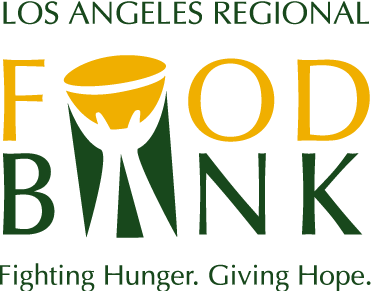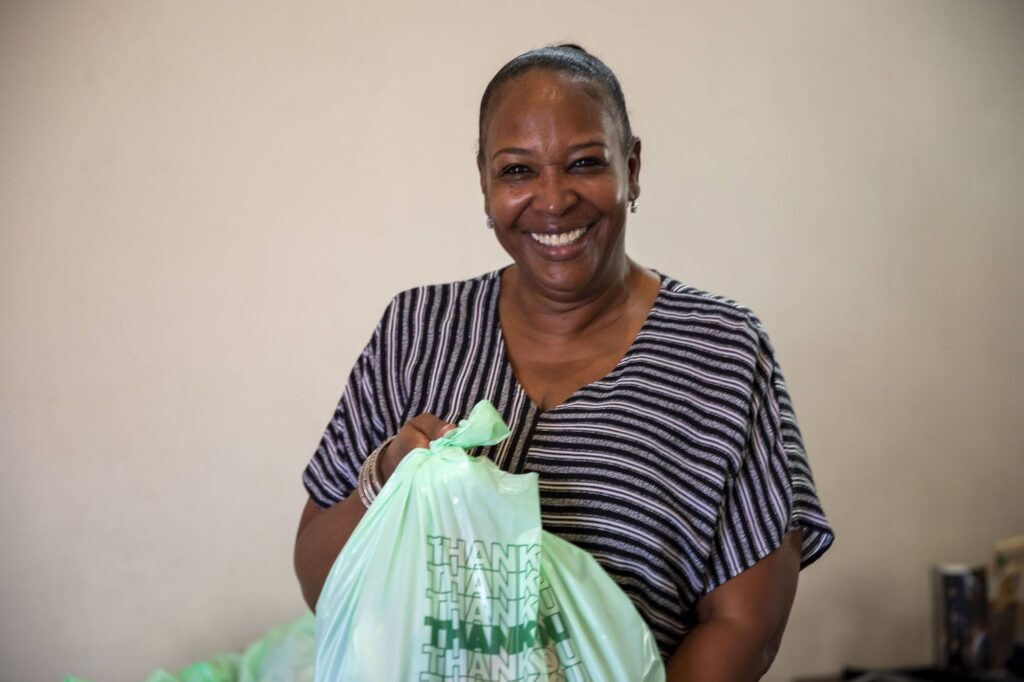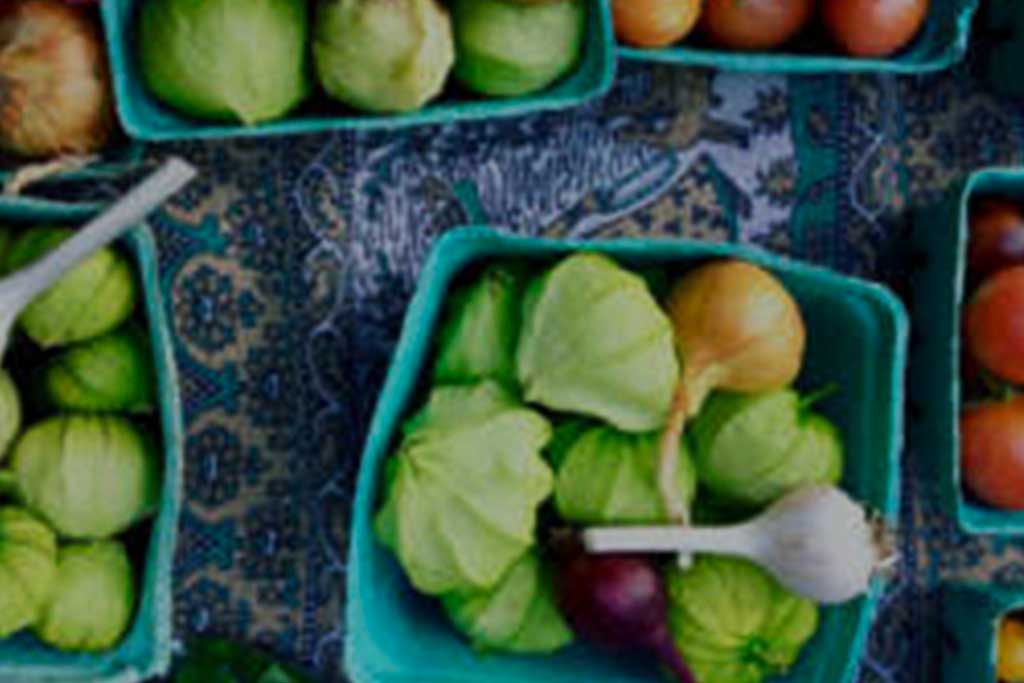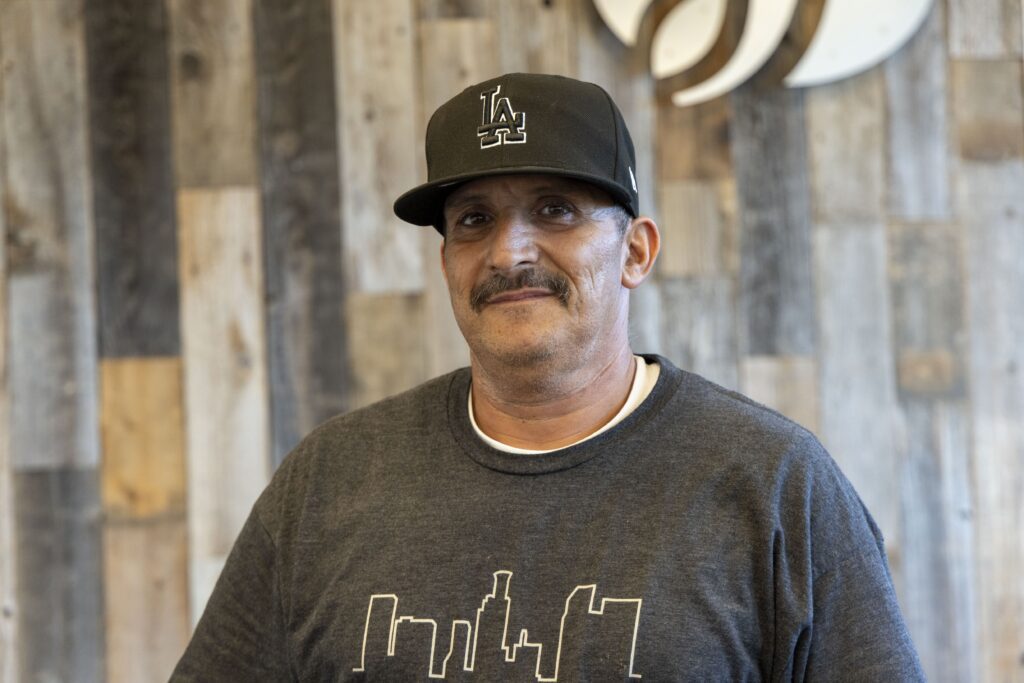Interfaith Food Center – Fighting Food Insecurity When it is Most Needed
Interfaith Food Center – Fighting Food Insecurity When it is Most Needed
Published on January 27, 2022
Last updated on January 28, 2022 at 11:08 am
The Santa Fe Springs Food Pantry has served its community for over 38 years
The Los Angeles Regional Food Bank and its Partner Agencies now serve 900,000 clients per month and maintain historically high levels of food distribution amid the ongoing COVID-19 pandemic and related economic impact. The need grew substantially and remains high even today, but fortunately, the Food Bank and its partner agencies, like the Interfaith Food Center (IFC) in Santa Fe Springs, responded quickly. The reimagined drive-through food distribution model was deployed quickly and is still used today to safely provide nutritious food to those in need.
High Levels of Food Insecurity Even Before the Pandemic
IFC has been serving its community for over 38 years, providing food for its neighbors in need, including the homeless that may need food, personal hygiene products, or a friendly face to talk to. Prior to the pandemic, IFC managed a market-style type of food distribution, allowing customers to pick and choose the food they needed, as they walked through the warehouse, opening the doors for a personal connection.
IFC’s Executive Director Veronica Castro has been with the organization for 16 years, and through time, has gotten to know clients and their needs, the ins and outs of the food pantry, and taking on different roles when needed. Like the Food Bank and the majority of its nearly 700 partner agencies, IFC relies on volunteers, so when the pandemic hit Los Angeles County, the duties of Castro and her staff tripled, and so did the need.
COVID-19 Further Harms Many People’s Food Security
With the pandemic in full bloom in the County, many frequent volunteers were asked to stay home while IFC’s doors had to remain open. That’s when Castro and her staff turned its distribution into a drive-through style distribution that would allow them to continue to serve the community that they had grown to know, as well as welcoming new clients.
“We are really grateful that during this pandemic we’ve been able to keep our doors open,” Castro said. “It’s been challenging because the need grew and the amount of volunteers decreased.
“May, June and July, there was definitely a huge increase during COVID. It was overwhelming I think on all levels. But the neat thing was, we were able to meet the needs,” she added.
Even though some aspects of our daily lives have started to return to normal, the need remains great. With the price increase in many everyday essentials, including food, rent, and gas prices, there are many individuals still seeking, and needing food assistance.
“It’s really not back to normal; we’re still facing other circumstances,” said IFC Warehouse Staff Jonathan Quiñones. “And right now food has increased. So, in regards to the food pantries in general, not just here at IFC, these services are still needed regardless.”
Making an Impact
Stella Aquino Reys is just one of the thousands of people that began seeking food assistance in a time of need. After she and her husband fell ill, covering her medical bills and copayments was cutting very much into their budgets, especially for a couple living on a fixed income. That’s when she remembered the services that IFC offered, and so she began to attend the food distributions regularly.
“Due to the hard work of all the volunteers and the staff, I have saved money on groceries, on food,” Aquino Reys said. “That has freed me some money to pay utilities and bills, and we’re able to eat good food.
“I am very grateful,” she added.
Thanks to the generosity from the community, the Food Bank is highly efficient, and 98.6% of revenues go directly to our programs providing food for children, hardworking families, and struggling seniors, like those we met at the Interfaith Food Center. If you’re in a position to do so, please donate.





